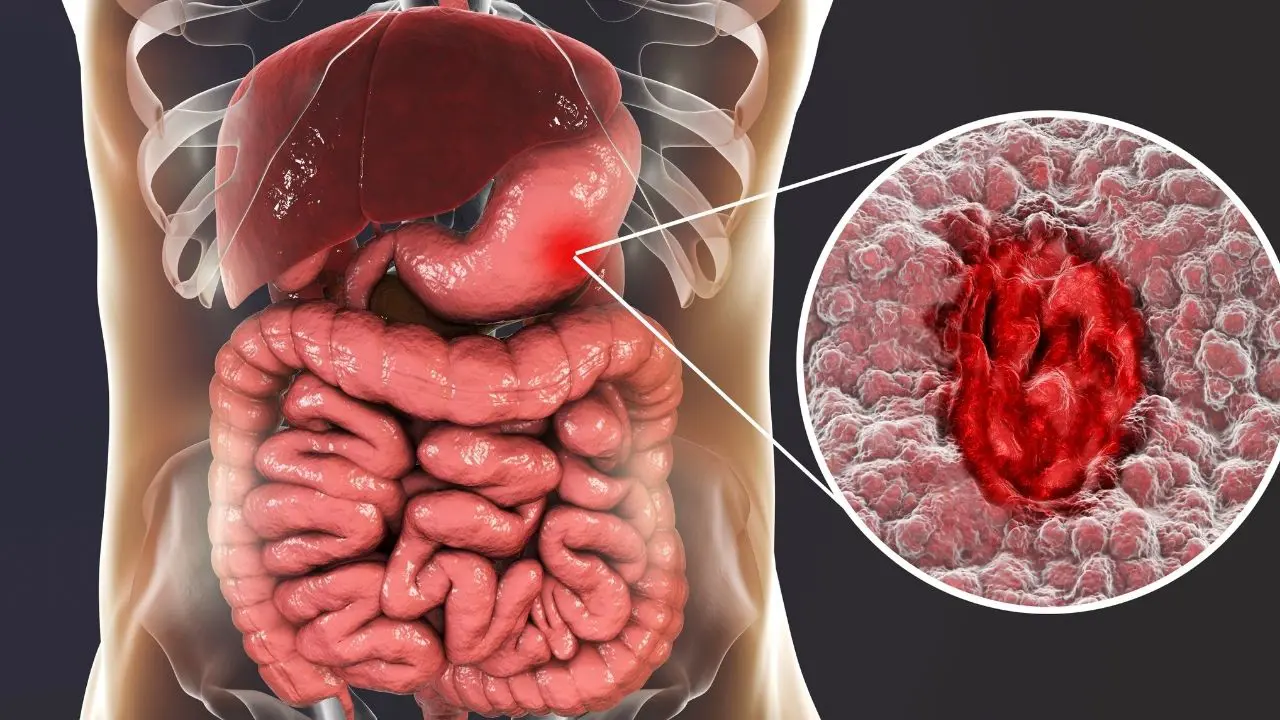
Gastric Transit Bipartition (GTB) is a bariatric surgery that combines the principles of sleeve gastrectomy and gastric bypass to achieve weight loss and improve metabolic health. This innovative procedure aims to provide effective and sustainable results for individuals struggling with obesity and related health issues.
Here is an overview of Gastric Transit Bipartition
Procedure Overview
- Combination Approach: GTB combines elements of sleeve gastrectomy and gastric bypass.
- Stomach Reshaping: Similar to sleeve gastrectomy, a large portion of the stomach is removed, creating a smaller, sleeve-shaped stomach.
- Intestinal Rerouting: The surgery involves rerouting a portion of the small intestine to influence nutrient absorption, similar to gastric bypass.
Weight Loss Mechanism
- Restriction: The reduced stomach size limits the amount of food that can be consumed, leading to caloric restriction.
- Malabsorption: Intestinal rerouting alters the absorption of nutrients, contributing to weight loss.
Metabolic Impact
- Improved Insulin Sensitivity: GTB aims to improve insulin sensitivity, making it an effective choice for individuals with obesity-related metabolic conditions like type 2 diabetes.
- Combined Benefits: By combining restriction and malabsorption, GTB targets multiple mechanisms for enhanced weight loss and metabolic improvements.
Candidate Criteria
- BMI Requirement: GTB may be recommended for individuals with a BMI of 35 or higher, especially those with obesity-related health issues.
- Metabolic Conditions: Suitable for individuals with metabolic conditions like type 2 diabetes.
Advantages
- Weight Loss Success: GTB is designed to provide significant and sustainable weight loss results.
- Metabolic Benefits: The surgery aims to improve or resolve obesity-related metabolic conditions.
- Reduced Hunger: The combination of stomach reduction and intestinal changes may lead to reduced hunger and improved satiety.
Considerations
- Complexity: GTB is a more complex procedure compared to individual techniques like sleeve gastrectomy.
- Risk of Complications: As with any surgery, there are potential risks and complications, including those associated with gastrointestinal surgeries.
Postoperative Care
- Nutritional Support: Following GTB, patients require close nutritional monitoring and may need nutritional supplements to prevent deficiencies.
- Lifestyle Changes: Adopting a healthy lifestyle, including a balanced diet and regular physical activity, is crucial for long-term success.
Gastric Transit Bipartition is an evolving approach in the field of bariatric surgery, aiming to address obesity and metabolic conditions comprehensively. As with any surgical procedure, thorough consultation with healthcare professionals is essential to determine candidacy and understand the potential risks and benefits.
Who are the ideal candidates?
BMI (Body Mass Index): Candidates for GTB usually have a BMI of 35 or higher. BMI is a measure of body fat based on height and weight.
Obesity-Related Health Conditions: GTB may be recommended for individuals with obesity-related health conditions such as type 2 diabetes, hypertension, or sleep apnea.
Previous Weight Loss Efforts: Candidates often have a history of attempting and failing to lose weight through non-surgical methods, such as diet and exercise.
Commitment to Lifestyle Changes: Successful outcomes with GTB require a commitment to long-term lifestyle changes, including dietary modifications and regular physical activity.
Medical Evaluation: A thorough medical evaluation is conducted to assess overall health and determine the suitability of the surgery.
Psychological Evaluation: Candidates may undergo a psychological evaluation to ensure they have realistic expectations and can cope with the emotional aspects of significant weight loss.
While age is a consideration, general health is a more critical factor. Individuals should be in good overall health to undergo the surgical procedure. It's important to note that each individual is unique, and decisions regarding GTB candidacy are made on a case-by-case basis. The surgical team, including bariatric surgeons, dietitians, and other healthcare professionals, will carefully assess each candidate's specific health status, medical history, and lifestyle factors. Ideal candidates for Gastric Transit Bipartition (GTB) surgery typically include individuals who meet certain criteria, and the decision is often made in consultation with healthcare professionals. Candidates for GTB should also be informed about the potential risks and benefits of the procedure and actively participate in the decision-making process. Open communication with healthcare providers and a comprehensive understanding of the surgery contribute to the overall success of the treatment.
Advantages of Transit Bipartiotin
Low Intragastric Pressure: GTB results in low intragastric pressure, reducing the risk of pressure-associated stomach leakage after the sleeve application.
Reversible and Revisable Operation: GTB is a reversible and revisable surgical procedure, providing flexibility for adjustments as needed.
Long-Term Gastric Sleeve Application: The procedure allows for the long-term application of the gastric sleeve process, contributing to sustained weight loss.
Endoscopic Access to Small Intestine: GTB provides endoscopic access to all areas of the small intestine, addressing challenges related to access to the gallbladder, pancreas, and bile ducts.
Continuous Food Migration and Absorption: GTB supports continuous food migration and absorption from the entire digestive tract, aiding in effective weight management.
Endoscopic Access to Digestive System: The procedure facilitates endoscopic access to all parts of the digestive system, including procedures like ERCP (Endoscopic Retrograde Cholangio-Pancreatography) for examining pancreatic and bile ducts.
Reduced Need for Supplementation: With the protection of the stomach antrum, pylorus, and duodenum, there is a reduced need for vitamin, mineral, iron, and calcium supplementation.
Understanding these advantages is crucial for individuals considering GTB as part of their weight loss journey. It is recommended to consult with healthcare professionals to assess individual suitability and discuss potential benefits and risks associated with the procedure.
